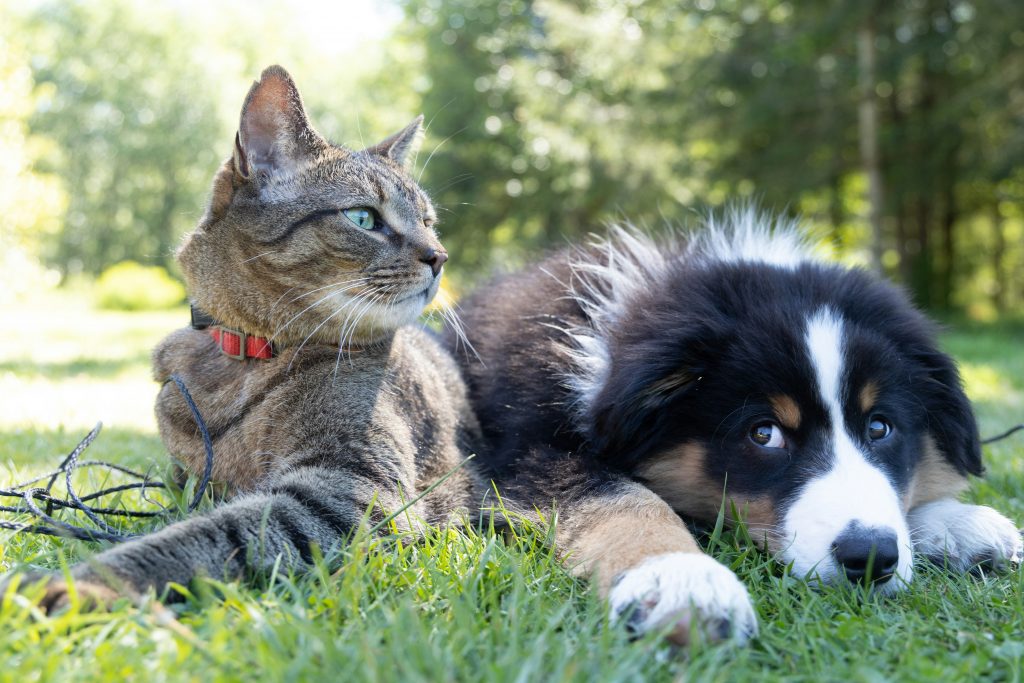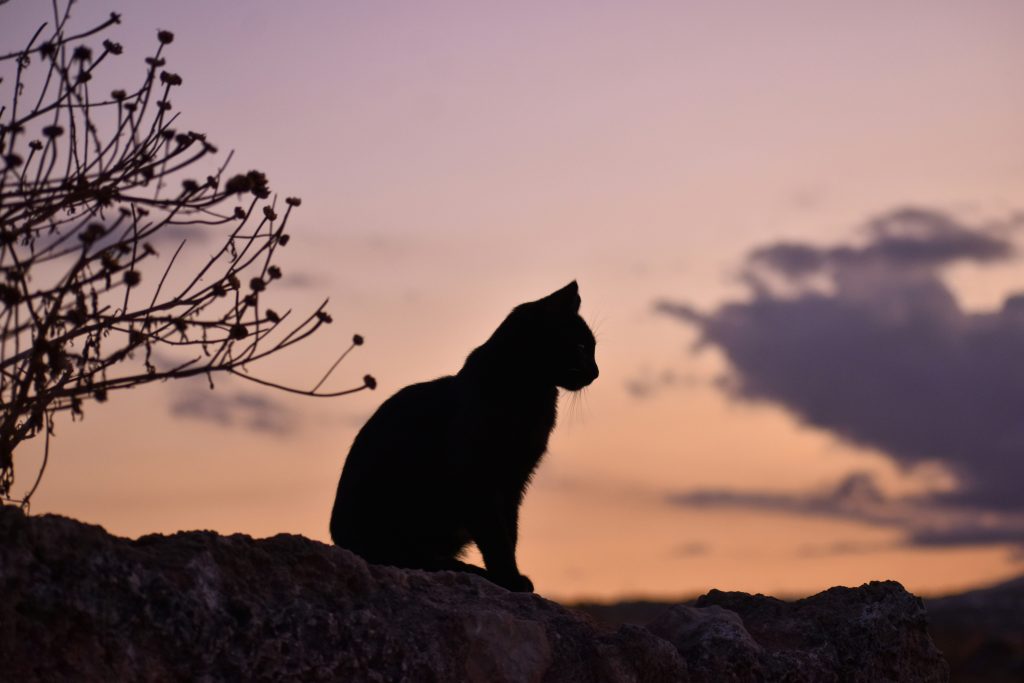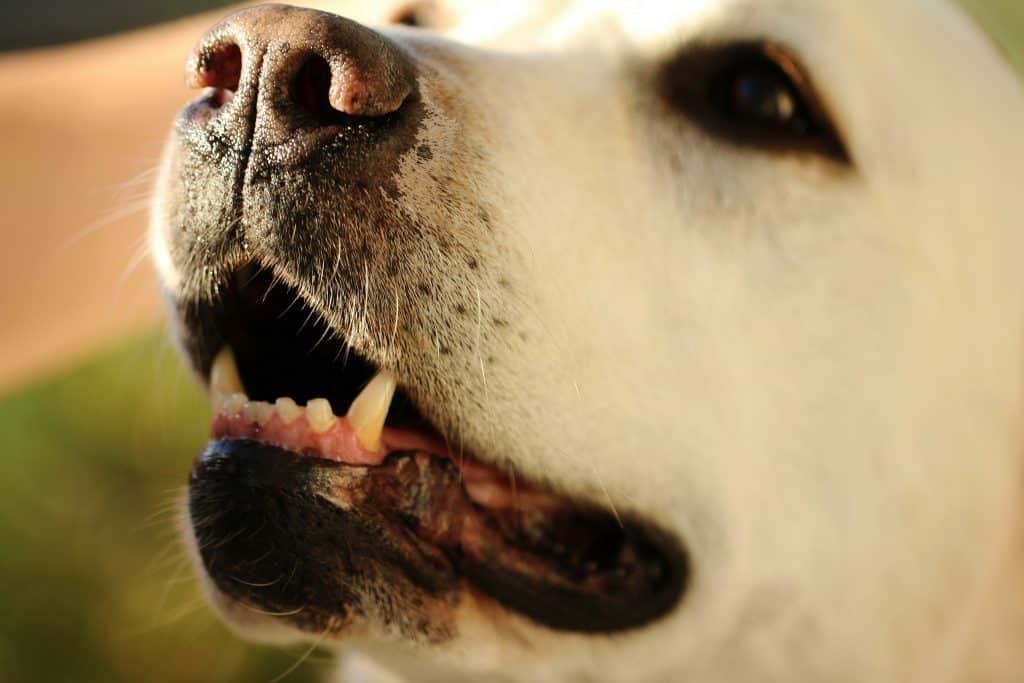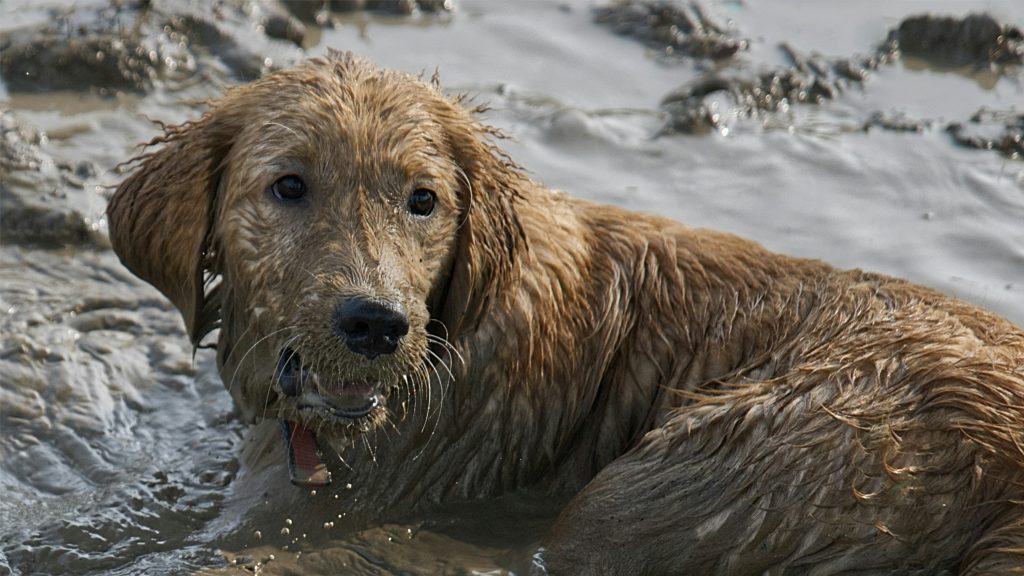
In the hustle and bustle of modern life, finding moments of peace and contentment is essential for our wellbeing. Amid this quest for serenity, cats have emerged as unsung heroes, offering more than just furry companionship—they are real advocates for mental and physical health. At Country Boarding for Cats and Dogs we have highlighted five ways cats can significantly enhance your overall wellbeing. We hope you find this article helpful!
1. Stress Alleviation
There is something naturally soothing about the gentle purring of a cat. Scientifically proven to reduce stress levels, the rhythmic hum of a contented cat can work wonders for calming nerves and lowering anxiety in humans. Spending quality time petting or simply being near your cat after a taxing day can lead to a noticeable sense of relaxation and tranquillity.
2. Unconditional Companionship
Despite their reputation for independence, cats form deep bonds with their human counterparts. Their presence offers a real sense of companionship, helping to ward off feelings of loneliness and isolation. Whether lounging beside you on the couch or engaging in playful antics, cats can provide unwavering support and affection, enriching your life immeasurably.
3. Mental Stimulation
Did you know that interacting with a cat often provides sufficient mental stimulation, staving off boredom and mental stagnation. Whether engaging in interactive play sessions or observing their curious explorations, cats keep their owners mentally engaged and stimulated.
4. Routine and Responsibility
Caring for a cat instils a sense of routine and responsibility, often anchoring you in the present moment. Recognising that your furry friend looks to you for food and care instils a meaningful sense of purpose and satisfaction. Moreover, sticking to a steady care routine encourages healthy habits and structure, leading to improved overall wellbeing.
5. Emotional Resilience
Cats have a remarkable ability for detecting and reacting to their owner’s emotions. They offer consistent companionship and support, serving as reliable sources of comfort through both difficult and happy moments. Whether you need consolation after a rough day or relishing moments of joy, a cat’s soothing presence can serve as a vital emotional support, strengthening your resilience in times of hardship.
Lastly…
We hope you found this article interesting. Overall, the benefits of cat companionship extend far beyond mere pet ownership. These mysterious creatures provide numerous health benefits, including stress reduction, companionship, mental stimulation, and emotional resilience. Next time you need to unwind, don’t forget about your feline companions—they could be the key to finding relaxation and better wellbeing, with their soothing purrs right by your side.
To book your cat a place at our luxury Hertfordshire cattery please call us today on 01462 742658.








